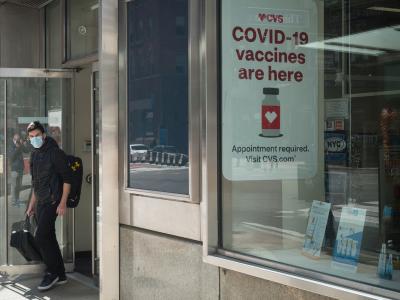World Health Assembly underscores infection prevention and control
The World Health Assembly (WHA) last week passed a resolution that aims to make infection prevention and control (IPC) a critical element of addressing healthcare-associated infections (HAIs) and antimicrobial resistance (AMR) and of preparing for infectious disease health emergencies.
The resolution, which provides 13 recommendations to member states, comes on the heels of a World Health Organization (WHO) report that highlighted the global threat of HAIs and the role that IPC can play in reducing that threat. The report found that 7 of every 100 patients at acute care hospitals in high-income countries, and 15 of 100 in low- and middle-income countries, will acquire at least one HAI during their stay. Mortality was at least two to three times higher among patients with HAIs caused by resistant pathogens.
The recommendations for member states include taking steps to ensure that IPC is a key component of global health preparedness, prevention, and response; acknowledging that clean, high-quality, safe, and affordable medical care should be universally available; taking steps to ensure that science-based IPC programs are implemented, monitored, and updated; ensuring that water, sanitation, and hygiene infrastructures are in place in healthcare facilities; ensuring that IPC programs are integrated and aligned with AMR programs; and encouraging continued investment in IPC research.
The resolution also calls on the WHO director-general to develop a draft global strategy for IPC and to translate the strategy into an action plan.
May 25 WHA draft resolution on IPC
7 of 10 clinicians would prescribe antibiotics for asymptomatic bacteriuria
A survey of US primary care physicians found that more than 70% would prescribe inappropriate antibiotic treatment for asymptomatic bacteriuria, researchers reported late last week in JAMA Network Open.
The survey, conducted from June 2018 through November 2019, presented four clinical scenarios to primary care clinicians from 30 clinics in Texas, the Mid-Atlantic, and the Pacific Northwest. One of the scenarios was the hypothetical case of a 65-year-old man with asymptomatic bacteriuria. The respondents were asked to indicate whether they would prescribe antibiotics and to estimate the probability that the patient in the scenario had a urinary tract infection (UTI). Study authors also analyzed factors associated with reported increased willingness to prescribe an antibiotic for asymptomatic bacteriuria.
The 551 respondents who answered all the questions included 288 resident physicians, 202 attending physicians, and 61 advanced-practice clinicians. Overall, 392 of 551 (71%) indicated they would prescribe an antibiotic for the patient described in the scenario. On average, respondents who said they would prescribe antibiotics estimated a 90% probability of a UTI.
In multivariable analyses, clinicians with a background in family medicine (odds ratio [OR], 2.93; 95% confidence interval [CI], 1.53 to 5.62) or a high score on the Medical Maximizer-Minimizer Scale (indicating stronger medical maximizing orientation; OR, 2.06; 95% CI, 1.38 to 3.09) were more likely to prescribe antibiotic treatment for asymptomatic bacteriuria. Resident physicians (OR, 0.57; 95% CI, 0.38 to 0.85) and clinicians in the Pacific Northwest (OR, 0.49; 95% CI, 0.33 to 0.72) were less likely to prescribe antibiotics for asymptomatic bacteriuria.
The study authors say the survey results likely reflect knowledge gaps, regional differences in healthcare culture that may influence prescribing of inappropriate antibiotics, and clinician attitudes.
"These findings suggest that the Choosing Wisely campaign recommending against antibiotic treatment for asymptomatic bacteriuria has failed to make an impact in the US and that certain types of clinicians are more likely than others to ignore the guidelines and prescribe antibiotics," they wrote, adding that future interventions to reduce unnecessary treatment for asymptomatic bacteriuria should take clinician culture, attitudes, and cognitive characteristics into consideration.
May 27 JAMA Netw Open study














